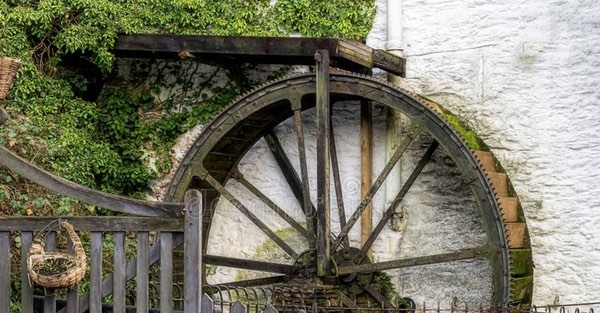
The rotary quern was perhaps the first labour-saving device. Using water power, rather than muscles, to turn the millstone made it even more efficient. Without watermills, it is doubtful whether ancient Romans could have enjoyed their bread and circuses. Because they require capital investment and skilled workers, watermills also set the trend for concentration in the food industry.
Filed under |
Blaugust |
Bread and Cheese |
Webmentions
Webmentions
Webmentions allow conversations across the web, based on a web standard. They are a powerful building block for the decentralized social web.
If you write something on your own site that links to this post, you can send me a Webmention by putting your post's URL in here:
Comments